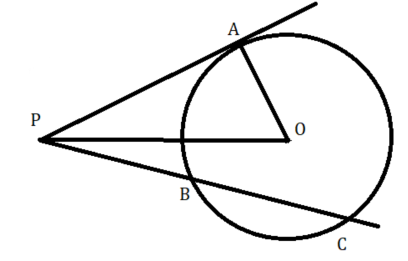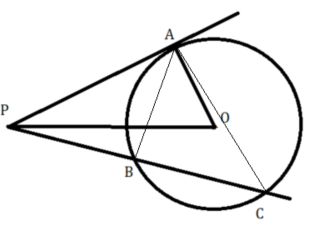Events & Promotions
| Last visit was: 27 Apr 2024, 15:57 |
It is currently 27 Apr 2024, 15:57 |

Customized
for You
Track
Your Progress
Practice
Pays
08:00 PM PDT
-09:00 PM PDT
05:30 AM PDT
-07:30 AM PDT
11:00 AM IST
-01:00 PM IST
01:00 PM EDT
-11:59 PM EDT
11:00 AM EDT
-12:00 PM EDT
12:00 PM PDT
-01:00 PM PDT
08:00 PM EDT
-09:00 PM EDT
12:00 PM EDT
-01:00 PM EDT
11:00 AM IST
-01:00 PM IST
Difficulty:


 95%
(hard)
95%
(hard)
Question Stats:
27% (03:11) correct 73%
(03:24)
wrong
73%
(03:24)
wrong  based on 186
sessions
based on 186
sessions



Solution





Solution






|
|
||
|
Hi Generic [Bot],
Here are updates for you:
ANNOUNCEMENTS
Tuck at Dartmouth
|